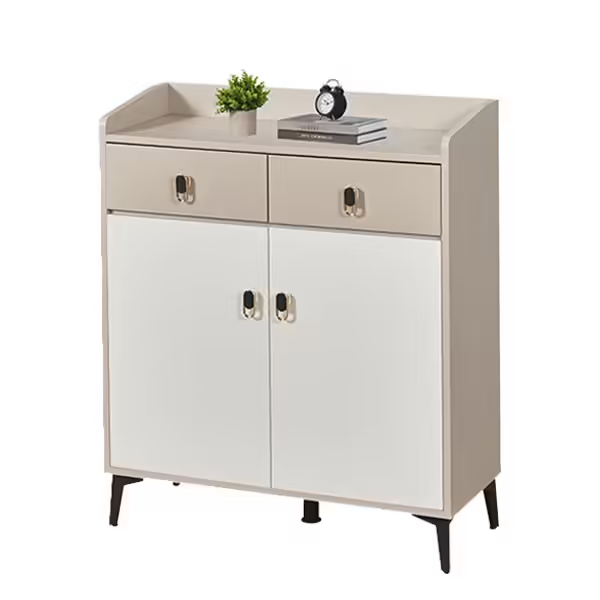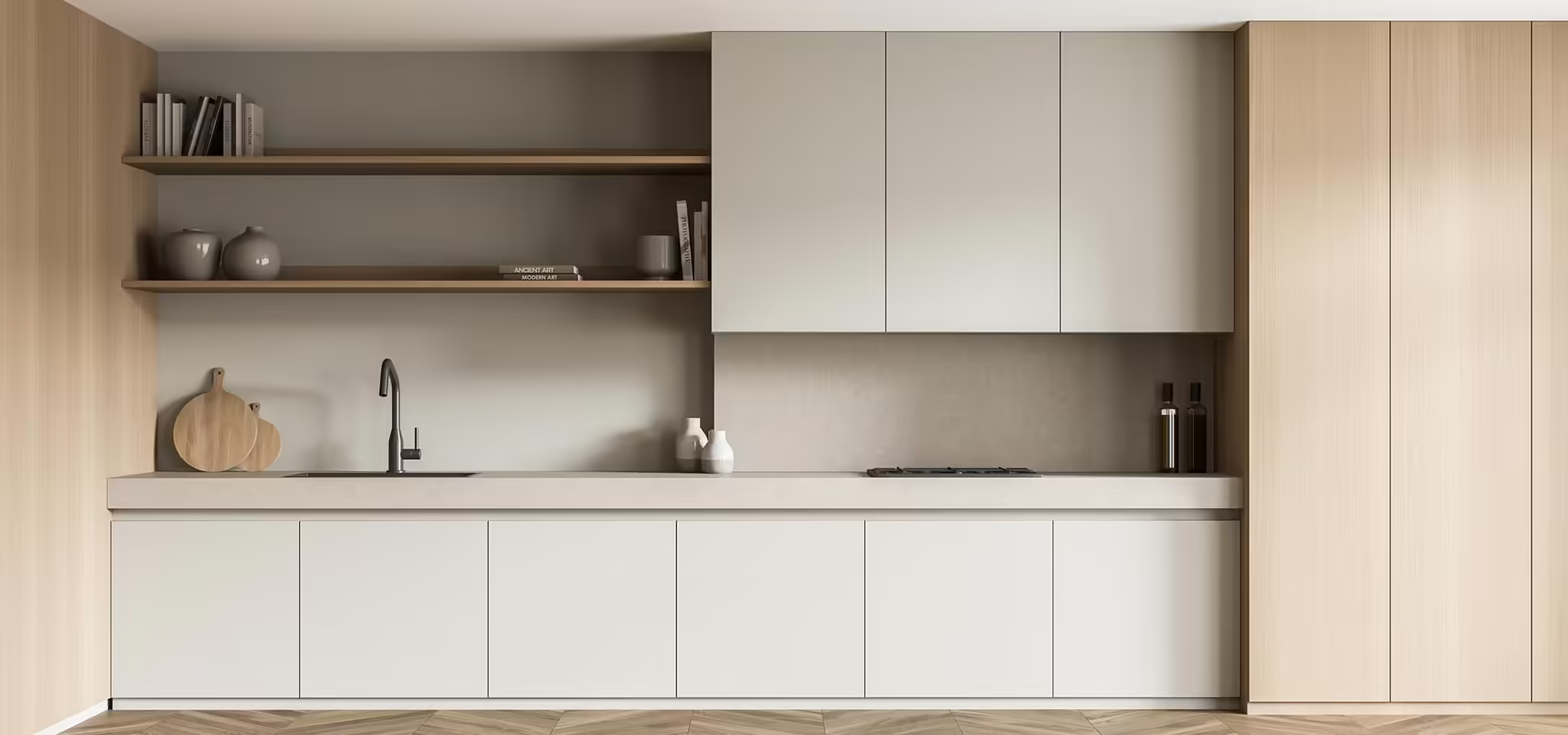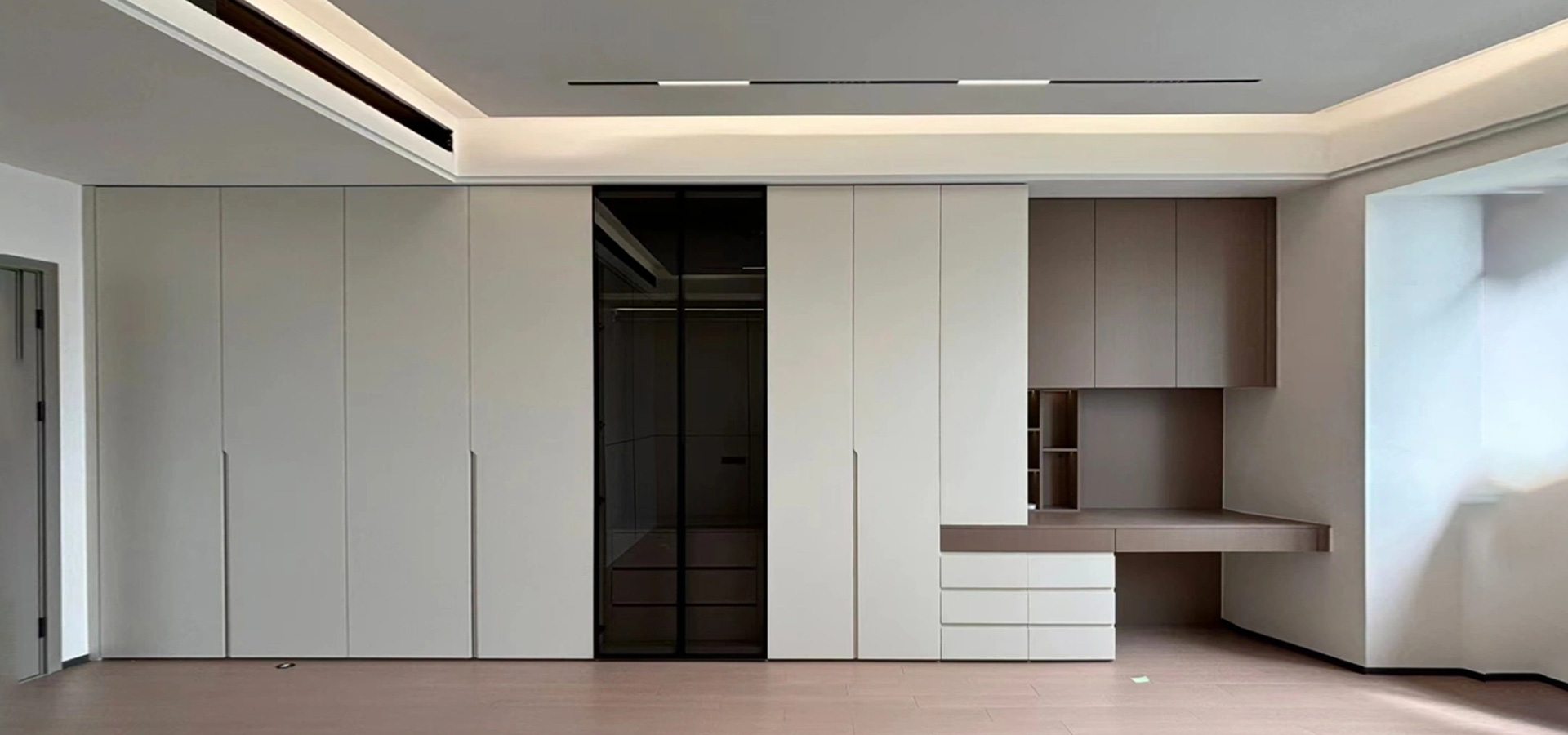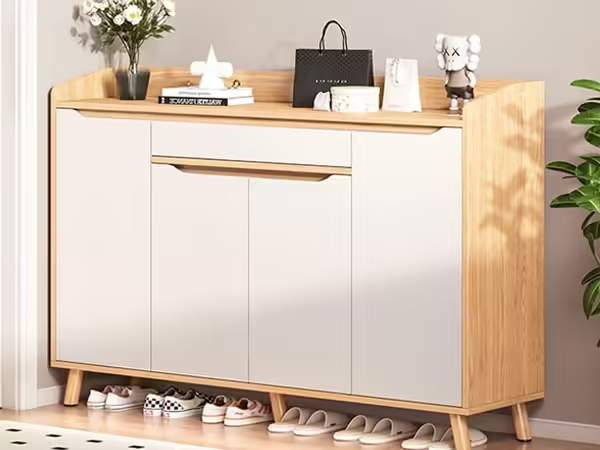In today’s rapidly evolving home furnishing market, wardrobes are no longer just storage containers for clothing. They have become an integral part of interior design, lifestyle expression, and sustainable living. Modern wardrobe design reflects not only functionality but also aesthetics, eco-conscious choices, and personalized solutions. This article explores the new trends in wardrobe design, shedding light on how innovation, technology, and sustainability are shaping the wardrobes of tomorrow.
1. From Storage to Lifestyle Statement
Wardrobes as Part of Interior Aesthetics
In the past, wardrobes were often tucked away and viewed purely as storage solutions. However, modern homeowners increasingly regard wardrobes as a central piece of bedroom décor. Designers are blending clean lines, minimalist finishes, and customized textures to harmonize wardrobes with the overall interior theme. Wardrobes are no longer hidden but proudly displayed, reflecting the resident’s lifestyle and taste.
Personalization as a Key Driver
Consumers are moving away from “one-size-fits-all” furniture. Today’s wardrobes are highly customizable—adjustable compartments, pull-out drawers, built-in lighting, and modular systems all allow homeowners to create a wardrobe that meets their unique needs. Personalized design has become a hallmark of modern furniture.
2. Emphasis on Space Optimization
Smart Solutions for Compact Homes
With urbanization accelerating, living spaces are shrinking. This has fueled the demand for wardrobes that maximize storage without consuming excessive space. Sliding doors, corner wardrobes, and built-in systems are increasingly popular. Innovative layouts make it possible to fit wardrobes into previously underutilized spaces, such as alcoves and under staircases.
Multi-functional Wardrobes
Modern wardrobes often serve more than one purpose. For example, wardrobes combined with dressing tables, study desks, or even entertainment units are becoming mainstream in small apartments. Such multifunctionality ensures that every square meter is optimized while maintaining style and convenience.
3. Sustainability and Eco-Friendly Materials
Rise of Paint-Free and Eco Materials
Sustainability is a major trend in modern wardrobe design. Paint-free boards, eco-certified wood, and recycled materials are being used to reduce environmental impact. These materials not only minimize harmful emissions but also provide a healthier living environment for families.
Durability Meets Responsibility
Consumers today care about longevity. Sustainable wardrobes are designed to last, avoiding the wastefulness of fast furniture. High-quality, eco-friendly wardrobes are viewed as an investment rather than a temporary purchase.
4. Smart Technology Integration
Intelligent Lighting Systems
Smart wardrobes equipped with motion-sensor LED lighting are now a reality. These lights not only add luxury but also improve functionality by illuminating contents automatically when the doors open.
Digital Wardrobe Management
In the age of smart homes, wardrobes are joining the digital revolution. Some advanced wardrobes include RFID tagging and smart apps that help users track clothing inventory, suggest outfits, or even remind them when laundry is due. While still a niche trend, it hints at the direction of wardrobe innovation.
5. Design Trends in Modern Wardrobes
Minimalism and Clean Lines
Sleek surfaces, hidden handles, and neutral color palettes dominate modern wardrobe design. Minimalism ensures the wardrobe blends seamlessly into interiors while conveying sophistication.
Bold Finishes and Textures
On the other end of the spectrum, homeowners are experimenting with bold finishes such as glass doors, metallic accents, and textured laminates. This trend transforms wardrobes into statement pieces.
Open Wardrobe Systems
Open wardrobes, inspired by boutique displays, have become increasingly fashionable. They encourage organization while adding visual appeal. However, they require users to maintain tidiness, making them both practical and stylish.
6. Case Studies: Practical Applications
Urban Apartments
In small city apartments, sliding-door wardrobes with modular compartments help residents keep their spaces organized while maximizing floor area. A young professional, for example, may choose a wardrobe integrated with a work desk, merging work and lifestyle seamlessly.
Family Homes
In larger homes, walk-in wardrobes are gaining traction. Designed with customized shelving, central islands, and soft lighting, these wardrobes elevate luxury while enhancing convenience for families.
Eco-Conscious Households
For eco-conscious buyers, wardrobes made from eco-certified MDF with a paint-free finish provide both functionality and peace of mind. The trend reflects growing awareness of health and environmental sustainability.
7. The Future Outlook of Wardrobe Design
Integration with Smart Homes
As smart home ecosystems grow, wardrobes will increasingly connect with household systems. Voice-controlled lighting, automated climate regulation for clothing preservation, and AI outfit planning are on the horizon.
Sustainability as Standard
Eco-friendly wardrobes will shift from being a premium choice to an industry standard. Regulations and consumer demand will continue to push the furniture industry toward green design.
Aesthetic Flexibility
Future wardrobes will be highly adaptable, able to shift styles or finishes to keep up with changing design trends. Modular construction will make upgrades and adjustments easier.
Заключение
Modern wardrobe design is undergoing a transformation, moving from traditional storage to a dynamic blend of aesthetics, functionality, sustainability, and technology. As urban spaces shrink and consumers grow more eco-conscious, wardrobes are expected to become smarter, greener, and more personalized. For homeowners, this new direction not only means better storage solutions but also the opportunity to integrate style, comfort, and responsibility into everyday living.
In essence, wardrobes are no longer silent furniture pieces; they are active participants in shaping a modern lifestyle.




